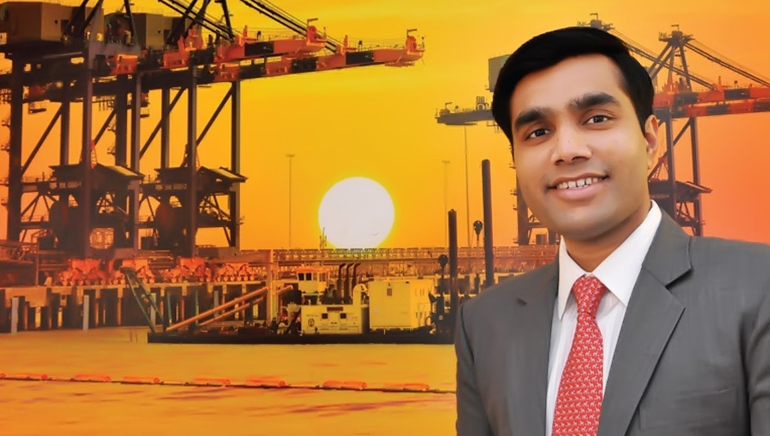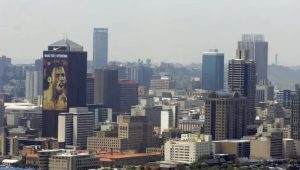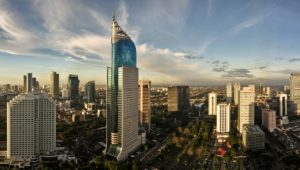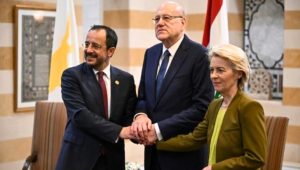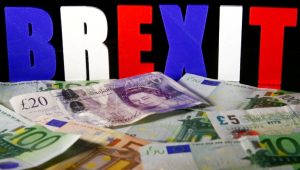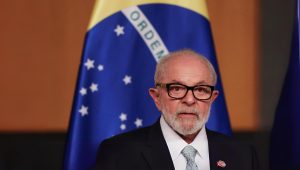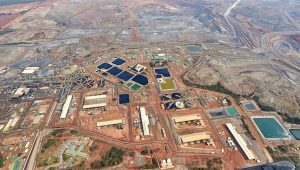Avago Technologies Ltd. has struck a landmark deal (the largest ever in the semiconductor or the high-tech industry) with its competitor Broadcom Corp., in which Avago will pay the Broadcom shareholders $37 billion ($17 billion in cash and $20 billion in shares). To raise the required $17 billion in cash, Avago will seek $9 billion in cash from various banks—it worked with the following during the deal: Deutsche Bank AG, Bank of America Corp., Barclays PLC, Credit Suisse Group AG and Citigroup Inc.; the rest of the amount would come from its own reserve. The deal should be closed by the first quarter of 2016, subject to regulatory review. Broadcom has agreed to pay $1 billion as breakup fee, if the deal is not completed.
The combined company is to be called Broadcom Limited and will have an enterprise value of $77 billion with expected revenues of $15 billion per annum. The current Broadcom investors will have a 32% stake in the combined company. In case any investor wants, they can choose to sell their shares at $54.50 per share.
Broadcom co-founder Henry Samueli (with a net worth of $2.6 billion) will be a Board of Director and the Chief Technology Officer in the new company, while the other co-founder Henry Nicholas (net worth of $2 billion) will be strategic advisor to the CEO of Avago, 63-year-old Hock Tan.
Broadcom is renowned for its unparalleled engineering prowess, which is going to be combined with Avago’s heritage of technology given its earlier associations with HP, AT&T and LSI Logic. Hock Tan believes that the merger with Broadcom would increase their scale and presence in the new chip markets, including the traditional end-markets for semiconductors. Individually, Avago or Broadcom can’t compete with rivals Intel or Qualcomm; however, after the merger their prospects are stronger.
The merger of their individual technologies and specialties would render them a leader in the wired and wireless communication semiconductors. The new company would manufacture processors for smartphones of Apple Inc. and Samsung Electronics Co. Under the leadership of Hock Tan, the combined company is being surmised to become the world’s greatest semiconductor company.
In 2009, during the global financial crisis, Avago went public and listed its shares on Nasdaq. In six years now, its shares have increased 800% in value, excluding dividend payments. From $15 a share in 2009, the stock closed on May 28, 2015 at $142.38 a share.
In the last three years, Avago has purchased five companies, together valued at $8 billion, including LSI Corp. for $6.6 billion and Emulex Corp. for $600 million. The rapid-fire M&As have raised the market value of Avago by more than $25 billion in the last three years.
In March 2015, NXP Semiconductors had bought its competitor Freescale Semiconductor in a similar deal of cash and stock—a total of $11.8 billion. Further, Intel Corp. was also reported to be a bidder for Altera Corp. (which has a roughly $14 billion market value), and NVDIA and Qualcomm are also building up their plans on M&A. Intel and Qualcomm reportedly bid for Broadcom too.
In 1961, HP created its semiconductor products division. In 1999, this division separated from HP as a part of Agilent Technologies. In 2005, KKR and Silver Lake Partners bought this division for $2.6 billion and created Avago Technologies, and made Hock Tan the CEO of Avago. It is into the business of making chips for computers, smartphones, devices for automobiles, and other industrial equipment and wireless networks.






